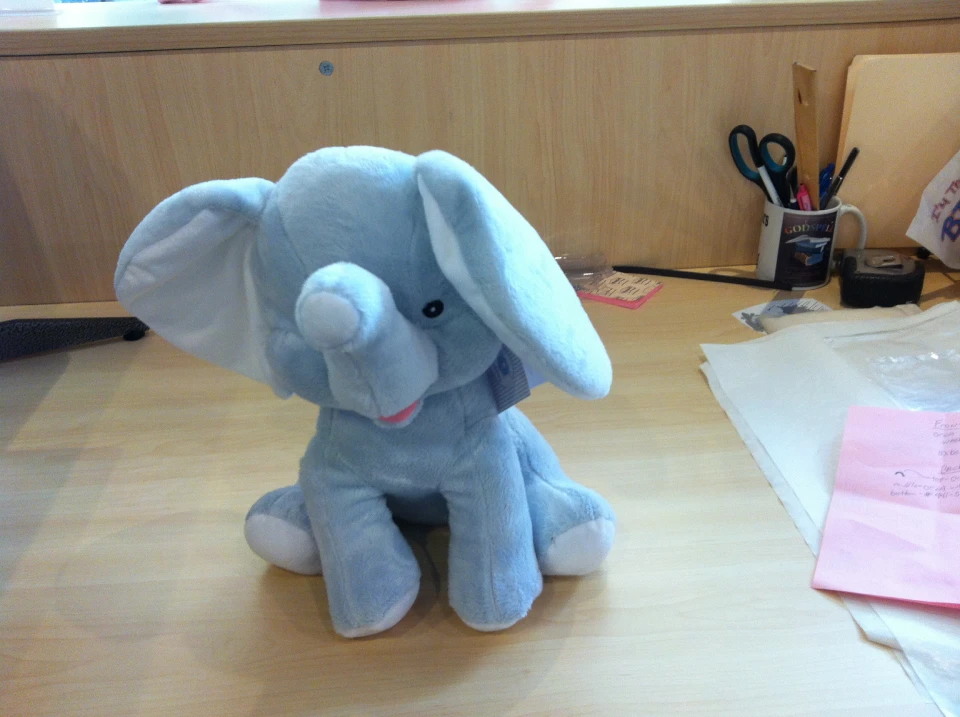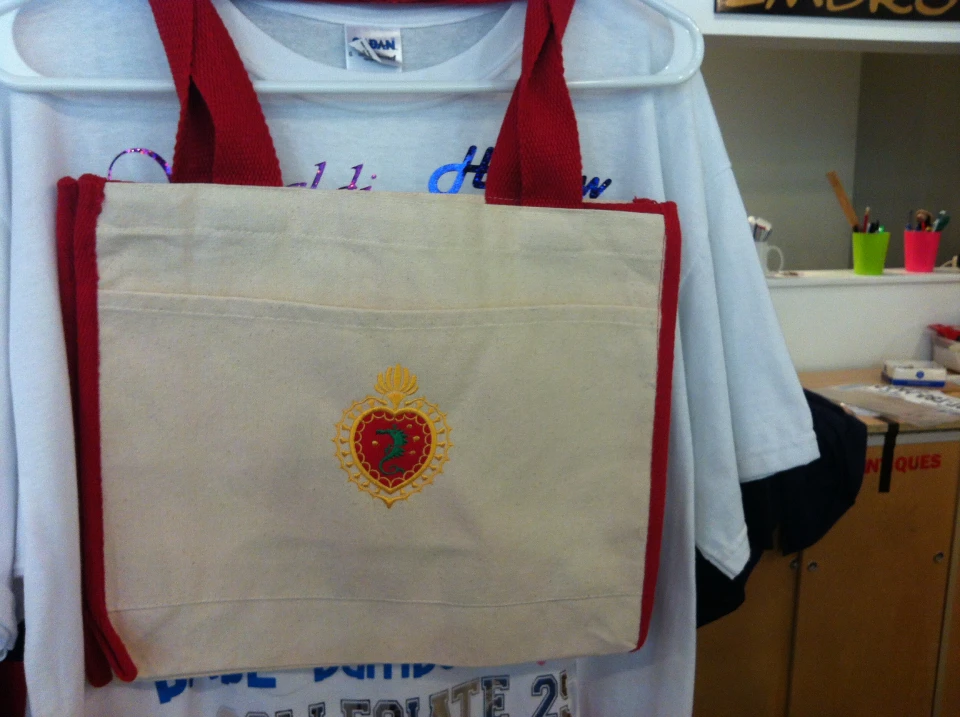The Art of Customized Embroidery: Unlocking the Secrets to Creating Distinct and Unforgettable Styles
The secrets to developing custom-made embroidery designs that mesmerize the eye and leave a long lasting impression lie in a fragile balance of strategy, creativity, and focus to information. As we delve right into the world of personalized embroidery, we reveal the nuanced interaction between string selection, sew complexity, and style customization that raises a plain garment to a work of art.
Picking the Right Embroidery Threads
When choosing needlework strings, what key variables should you consider to make sure the very best outcomes for your custom styles? The option of needlework string is critical in identifying the final result of your embroidered style. One of the primary considerations is the material of the string. Various products such as cotton, polyester, rayon, and silk use differing levels of luster, longevity, and structure. It is vital to select a thread material that matches the material you are embroidering on and lines up with the preferred look of the layout.
Furthermore, the weight or density of the string plays a considerable function in the appearance of the needlework. Thicker threads can add dimension and texture to your style, while finer strings are suitable for complex details and small message. Furthermore, thinking about the shade fastness and washability of the string is vital to make sure that your custom layouts preserve their quality and vibrancy with time. By meticulously examining these elements and picking top notch threads that meet your specific demands, you can enhance the aesthetic charm and long life of your stitched creations.
Discovering Different Stitch Strategies
To explore the realm of 'Checking out Various Stitch Techniques', one need to grasp the ins and outs and subtleties that each stitching technique gives the art of embroidery. Different stitch methods not just add visual passion but likewise add to the overall structure and measurement of the layout. One prominent stitch method is the satin stitch, which entails very closely stuffed parallel stitches to produce a smooth and glossy surface, suitable for filling out forms and creating bold details.
On the other hand, the backstitch is a versatile method often used for describing and including great information. It entails sewing in reverse to create a solid line of needlework. Additionally, the French knot stitch adds a tactile element to designs, perfect for creating textured accents like flower centers or decorative touches.
Exploring different stitch techniques allows embroiderers to play with light, shadow, and depth within their styles, elevating the visual appeal and artistic quality of their embroidery projects. By understanding numerous sewing approaches, one can open limitless opportunities the original source for producing distinct and unforgettable Check This Out customized embroidery items.
Incorporating Personalized Layout Components
Having actually checked out the complexities of different stitch strategies such as the satin stitch, backstitch, and French knot, the focus currently moves in the direction of incorporating tailored style elements in personalized needlework tasks. Customized style aspects play a vital function in making embroidery tasks genuinely distinct and memorable. One means to integrate personalization is by including initials, names, or considerable dates to the design. This not just adds a personalized touch yet likewise enhances the nostalgic value of the embroidery item.
One more means to integrate tailored design aspects is by consisting of signs or concepts that hold unique significance to the recipient or show their rate of interests and individuality. As an example, including a favorite flower, pet, or hobby-related icon can make the embroidery style extra meaningful and customized. Furthermore, picking shades that reverberate with the recipient or align with the designated style can even more boost the customization of the needlework project.
Mastering the Art of Color Sychronisation

One trick aspect of color sychronisation is recognizing color theory. This consists of recognizing how different shades interact with each other, the emotions they share, and how they can be integrated to produce visually enticing layouts. pop over here By applying color theory principles, embroiderers can produce unified shade palettes that enhance the general look of the style.
Furthermore, focusing on comparison is essential in shade coordination. Utilizing contrasting colors can assist specific aspects of the layout pop, boost readability, and develop a visually dynamic embroidery item. By mastering the art of color sychronisation, embroiderers can boost their layouts and develop remarkable items that reverberate with customers and customers alike.
Enhancing Structure With Advanced Embroidery Stitches

French knots, for example, are ideal for adding tiny, elevated dots to your style, imitating the appearance of beads or creating a distinctive surface. Bullion knots, on the other hand, can be used to create twisted, ropelike elements that add an extravagant feeling to the needlework. Seed stitching involves tiny, scattered stitches that can fill in areas with a polychromatic appearance, while turkey job produces fluffy, dimensional accents similar to animal fur or foliage. Experimenting with these innovative needlework stitches enables you to push the boundaries of typical needlework and develop truly unique and aesthetically attractive structures in your designs.
Conclusion
In verdict, the art of custom-made embroidery entails a combination of picking the ideal threads, checking out various stitch strategies, incorporating personalized layout elements, understanding color control, and improving appearance with sophisticated stitches. By recognizing and executing these vital aspects, embroiderers can develop distinct and remarkable designs that display their creativity and skill. Embroidery enthusiasts can open the secrets to producing beautiful and custom items that stand apart and leave a long-term impression.
Comments on “Personalized Lab Coats with Embroidery for Medical Professionals”